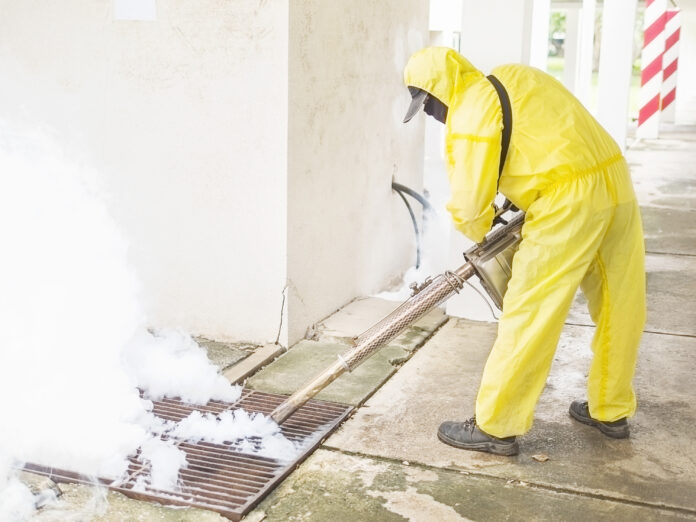Bed nets sprayed with an insecticide that prevents mosquitoes from moving or flying helped reduce malaria infections in children in Tanzania.
Although cases of malaria have significantly decreased over the years, Africa continues to carry a high share of the global disease burden. According to the World Health Organization (WHO), 96% of malaria deaths in 2020 occurred in WHO African Region. As a result, the health body has implemented multiple vector control strategies which include insecticide-treated nets and indoor spraying of insecticides. However, the widespread use of insecticides has resulted in Anopheles mosquitoes developing resistance to these chemicals, especially pyrethroid. Hence, harming the vector control strategies and increasing malaria cases. Scientists have therefore been searching for alternates to pyrethroid. Recently, researchers conducted a two-year trial testing bed nets with different insecticides. According to the Lancet study, the bed nets managed to half malaria cases among children in Tanzania.
Unlike traditional bed nets, the study author sprayed the novel nets with chlorfenapyr and pyrethroid. While pyrethroid kills mosquitoes, chlorfenapyr grounds the mosquito, so they are unable to move or fly. Thus, dying from starvation or an inability to protect themselves.
By essentially ‘grounding’ the mosquito, our work on adding chlorfenapyr to standard pyrethroid bed nets has great potential to maintain control of malaria transmitted by resistant mosquitoes in Africa.
Dr. Manisha Kulkarni, study author
The trial involved more than 39,000 households in Tanzania, with children aged 6 months to 14 years. Researchers provided the participants with either a long-lasting insecticidal net (LLIN) treated with chlorfenapyr and pyrethroid or the standard pyrethroid only LLIN. According to the results, the chlorfenapyr LLIN reduced malaria cases by 43% and 37% in the first and second year respectively. Moreover, there was a 85% reduction in the number of malaria-infected mosquitoes.
Chlorfenapyr – Safe and Effective
Another bed net containing piperonyl butoxide (PBO) also reduced malaria cases (27%); however, these results only lasted for one year. Researchers also tested a third type of bednet, treated with pyrethroid and pyriproxyfen. Pyriproxyfen works by causing sterilization of female mosquitoes. However, it had little to no effect compared to the traditional pyrethroid nets.
We’ve shown chlorfenapyr LLINs are safe, decrease malaria infection in children and are cost-effective.
Dr. Natacha Protopopoff, principal study investigator
This is the first time in 40 years that a new class of insecticides has proven successful at malaria vector control. According to Principal Investigator, Dr. Natacha Protopopoff, the real challenge is to now find a way to preserve chlorfenapyr’s effectiveness.
Reference:
Jacklin F Mosha et al, Effectiveness and cost-effectiveness against malaria of three types of dual-active-ingredient long-lasting insecticidal nets (LLINs) compared with pyrethroid-only LLINs in Tanzania: a four-arm, cluster-randomised trial, The Lancet (2022). DOI: 10.1016/S0140-6736(21)02499-5




